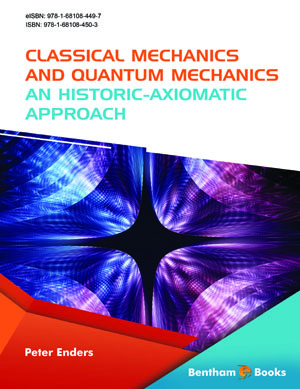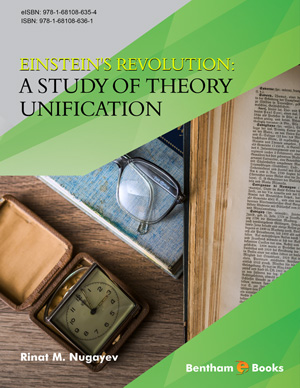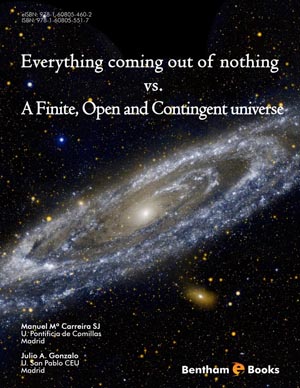Abstract
We present a collection of our recent schemes that have been proposed for continuous variable entanglement. Included in this collection are two types of optical systems. One is the four-wave mixing in resonantly or near-resonantly driven atomic systems. The numerical results and physical analyses are presented by using dressed atomic states and squeeze transformed cavity modes. Two dissipation channels are identified, through which the dressed atoms simultaneously absorb in the excitations from the pair of squeeze transformed modes. It is in the presence of such two channels that the entanglement is greatly enhanced and the best achievable state is the original Einstein-Podolsky-Rosen (EPR) entangled state. This scheme is applicable in the optical regime where atomic spontaneous emission has to be taken into account, unlike the two-step atomic reservoir engineering scheme, which is limited to the microwave regime. The other kind of systems is the quantum-beat laser with incoherent pump or coherent driving. Such a laser, when it operates well above threshold, produces entangled light. The numerical results and physical analyses are presented by using the collective modes of the lasing fields. The relative mode is decoupled from the active medium and thus remains in its vacuum state, while the sum mode operates well above threshold and displays sub-shot noise. The quantum-beat and the sum mode intensity noise reduction combine to yield entanglement between two bright beams and sub-Poissonian photon statistics of respective beams.


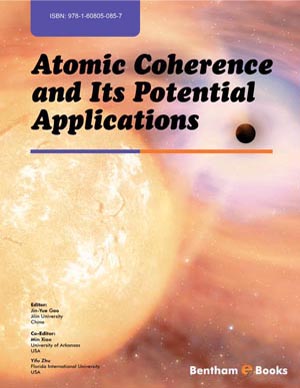


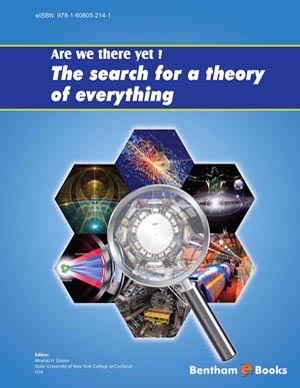

.jpg)
